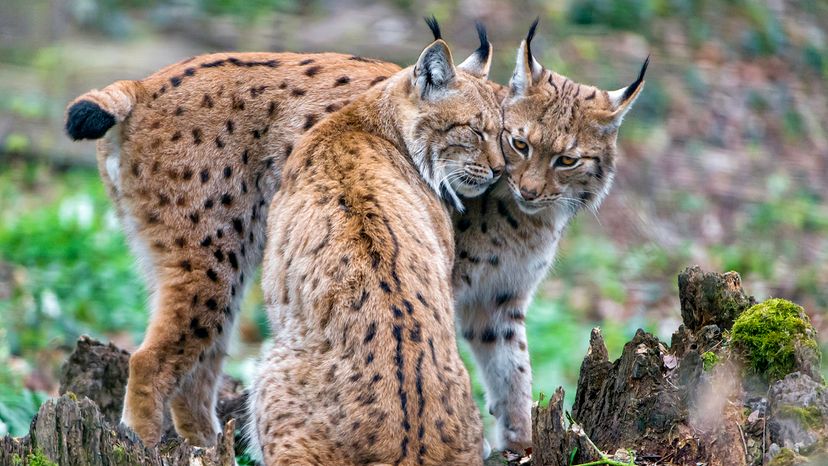
The Eurasian lynx (Lynx lynx) roams across a vast range that stretches from the dense boreal forests of Western Europe to the rugged mountains of Central Asia. The largest of all the lynx species, it plays a crucial role as a top predator in its ecosystem.
Despite its wide distribution, the Eurasian lynx faces numerous threats, particularly in areas where habitat loss and hunting have reduced its populations. To fully appreciate the importance of this wildcat, let’s explore its physical characteristics, behavior and the challenges it faces in the wild.
Advertisement